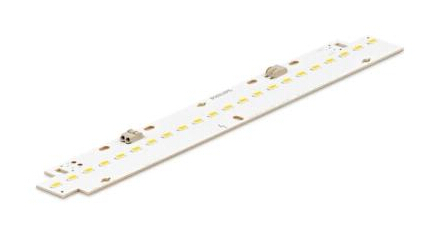According to related statistics, the current field of LED technology and patents worldwide, and more than half is controlled by large international companies. Japan’s Nichia, Toyoda Gosei, American Cree, Europe, Philips, Osram European and other foreign companies, both hands hold a large number of patents, covering raw materials, equipment, packaging and applications, including almost the entire chain. In contrast, China’s LED industry in patent applications focused on the middle and lower areas of industry, including midstream package, patent applications downstream application sectors accounted for more than 60% of the total application to a utility model patent applications and design patent applications-oriented lower proportion of invention patent applications. Especially in relation to long-term development of the industry key technology areas, still lack of core patents. Because of China’s LED chip companies in the high-power LED chips epitaxial technically constrained by the core patent, resulting in the export of high-end LED lighting products, almost all foreign companies using LED chips. And because of the relatively low technical threshold, the downstream part of the structure and shape of the product is easy to imitate, chase short-term interests of the manufacturers by simply copying the resulting low-quality, inferior products flooding the market, disrupting the market order, and hinder the promotion of quality products.

The world is changing, technology development, lighting as an integral part of human life, from the fire – torch – lamp – Incandescent – energy-saving lamps, and now the intelligent LED lighting, has experienced thousands of years history also bears human intelligence. However, we also see that some companies that do not exist “bright” behavior in the LED industry, R & D results directly to steal someone else’s conduct counterfeiting, which is not only a violation of intellectual property development companies, is not conducive to long-term development of the industry, but also harm the interests of consumption. A product, a technology, copy, and no extension of an innovative design, will only exacerbate the LED industry, “low excess capacity, high production capacity,” the status quo, and not conducive to the reform and development of their own.
